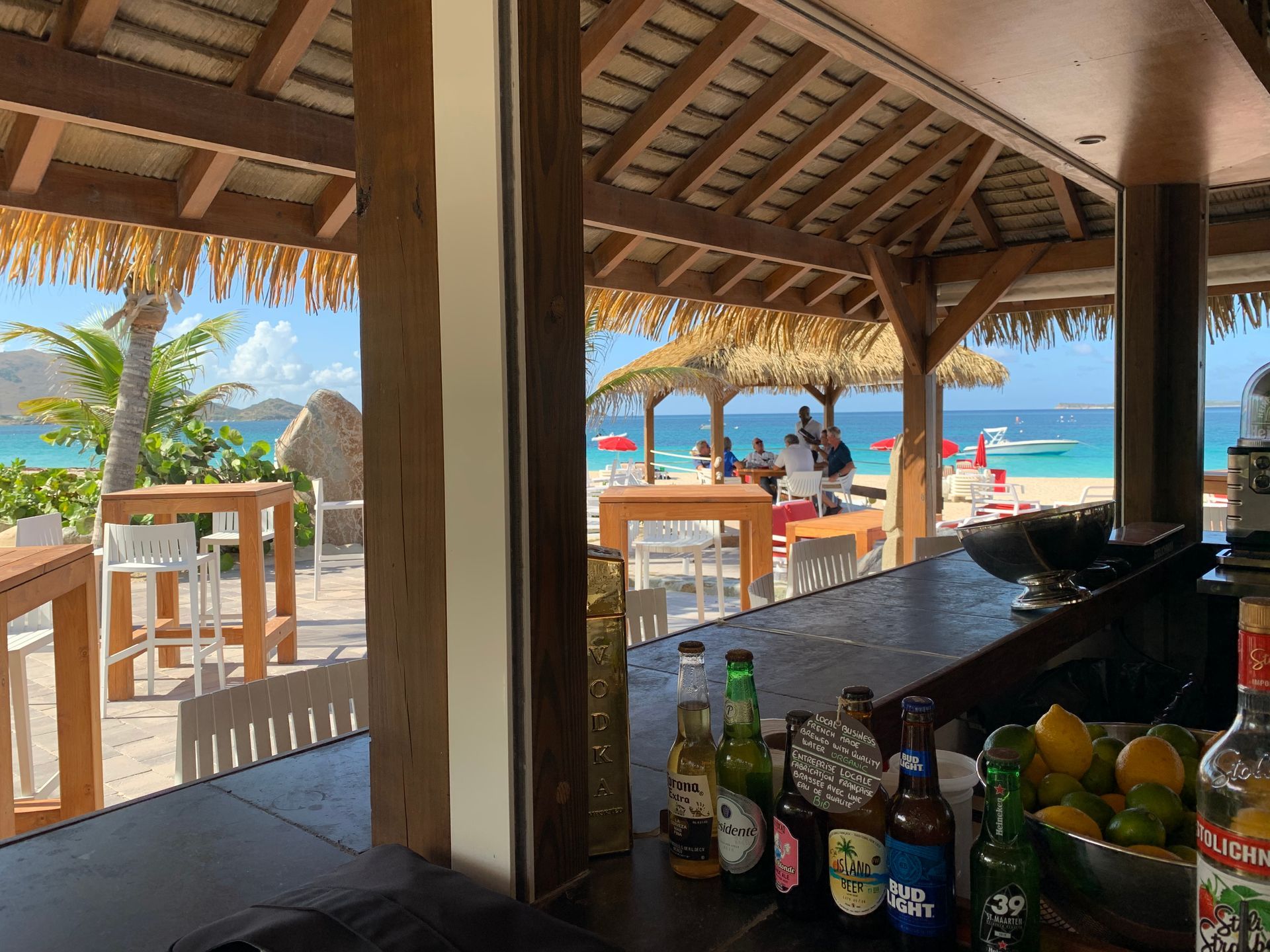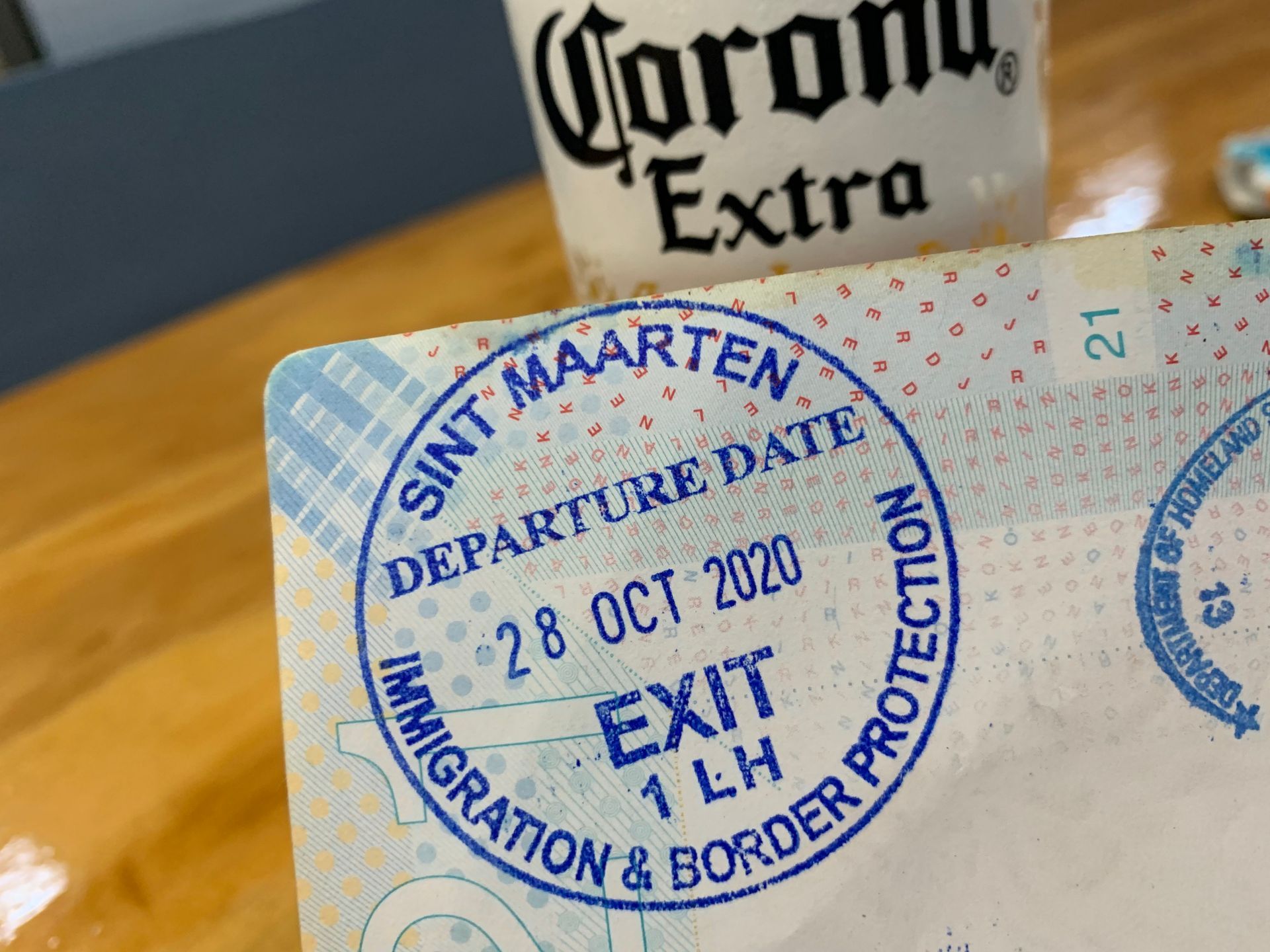ACCOMODATION | SINT MAARTEN | SAINT MARTIN
Saint Martin vs Sint Maarten:
What's the Difference?
By Maureen • Updated on September 2025
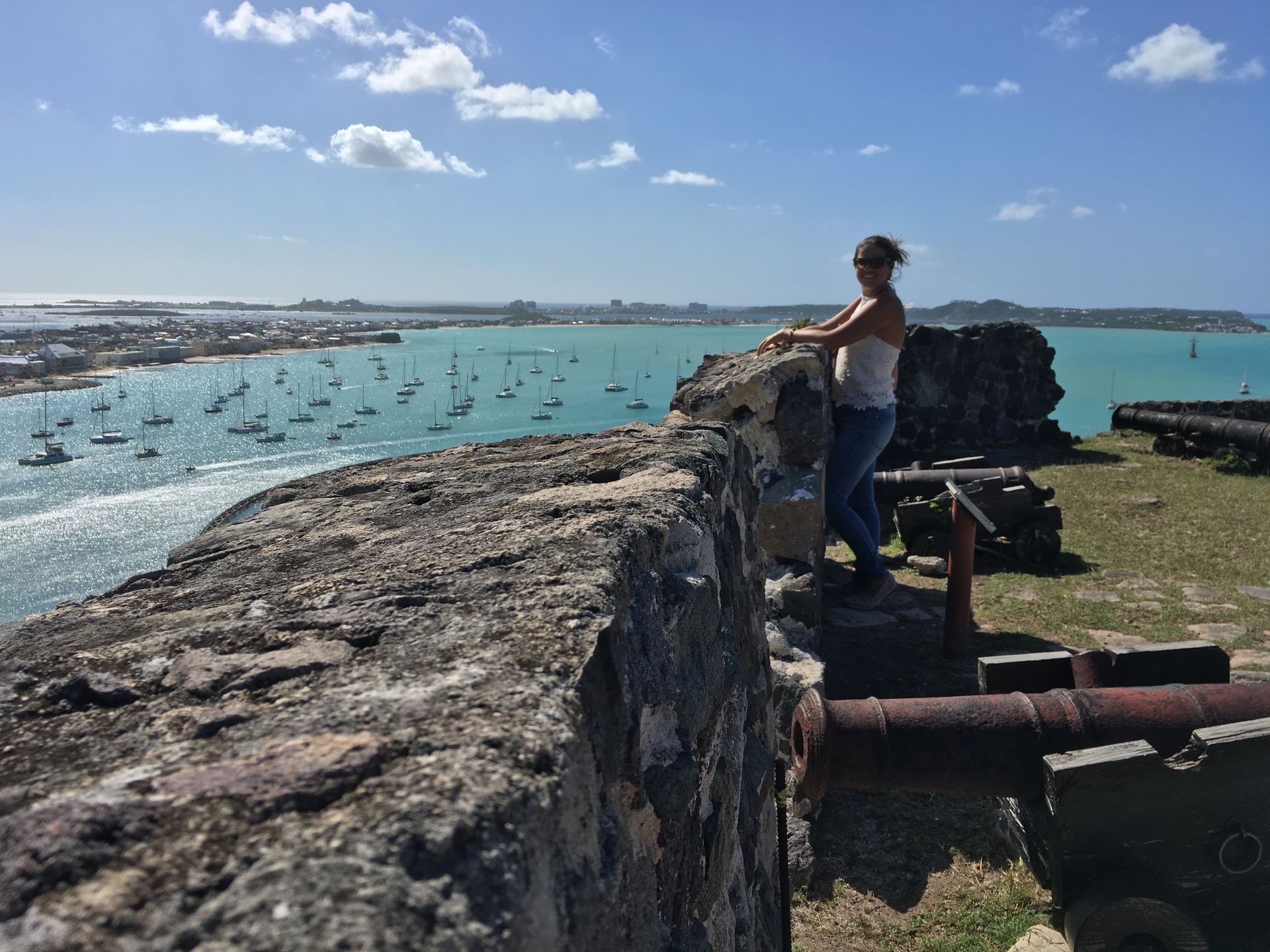

Hey! We're Thea & Richard
Caribbeanly is our brainchild—a site created by us and our team for sun-seeking travel lovers who fell head over flip-flops for Sint Maarten/Saint Martin and the Caribbean.
We’re writers, explorers, parents, and island dreamers—just like you...
This post may contain affiliate links, meaning if you decide to make a purchase through
our links we may earn a commission at no additional cost to you.
Saint Martin vs Sint Maarten – it can be confusing to wrap your head around the two names. To put it simply, the island of Saint Martin has dual heritage. The northern 60% of the island belongs to France as an overseas collectivity called Saint Martin, while the southern 40% is Sint Maarten, a constituent country within the Kingdom of the Netherlands.
The border between the two territories is seamless – that means no checkpoints, no passport control, just a modest monument marking where one nation ends and another begins.
The best part? This means you get to enjoy two incredible vacation destinations rolled into one. Let’s demystify the island’s dual heritage and help you plan your next epic trip.
A Brief Guide to Saint Martin/Sint Maarten History
Okay, we promise not to bore you with a full history lesson, but let us give you some context behind the island's split…
Before Christopher Columbus arrived, the Arawak and Carib peoples ruled this tropical gem, naming it "Soualiga" (Land of Salt) for its abundant salt pans. When Columbus spotted the island on November 11, 1493, AKA Saint Martin's feast day, the name stuck.
The island's famous split began in 1648 with the Treaty of Concordia. Local legend tells a tale of a Frenchman and a Dutchman standing back-to-back, walking in opposite directions around the island, and where they met – voilà! – a border was drawn.
In reality, the split came down to shipping routes and colonial neighbors. The Dutch wanted to secure a midway point between their South American colonies and New Amsterdam (now New York), while the French needed to be close to their hold on Guadeloupe and Martinique.
Over the centuries, control of the island changed hands numerous times between the French, Dutch, Spanish, and even briefly the British. Despite these conflicts, the 1648 treaty endured, with both nations maintaining their distinct identities and governing bodies.
Today, Dutch Sint Maarten operates as part of the Kingdom of the Netherlands, while French Saint Martin functions as a piece of France dropped into Caribbean waters. The result? One small island offering two different vacation experiences, transforming from sleepy agricultural outpost to a dual-nationality haven.

French Saint Martin (North)
Stepping foot into French Saint Martin after landing at the main airport, you'll notice a major vibe change. Street signs switch from Dutch to French, prices are displayed in euros, and the pace of life seems to slow.
Saint Martin embodies the French art de vivre (art of living). Don't skip the capital, Marigot – it features charming colonial architecture, waterfront cafés, and a buzzing open-air market where you can pick up handmade goods.
But the real reason to visit the French side is for its exceptional food scene. Grand Case Boulevard is home to dozens of gourmet spots ranging from elegant fine dining to authentic lolos (local barbecue stands) where you can feast on fresh grilled lobster and ribs at reasonable prices.
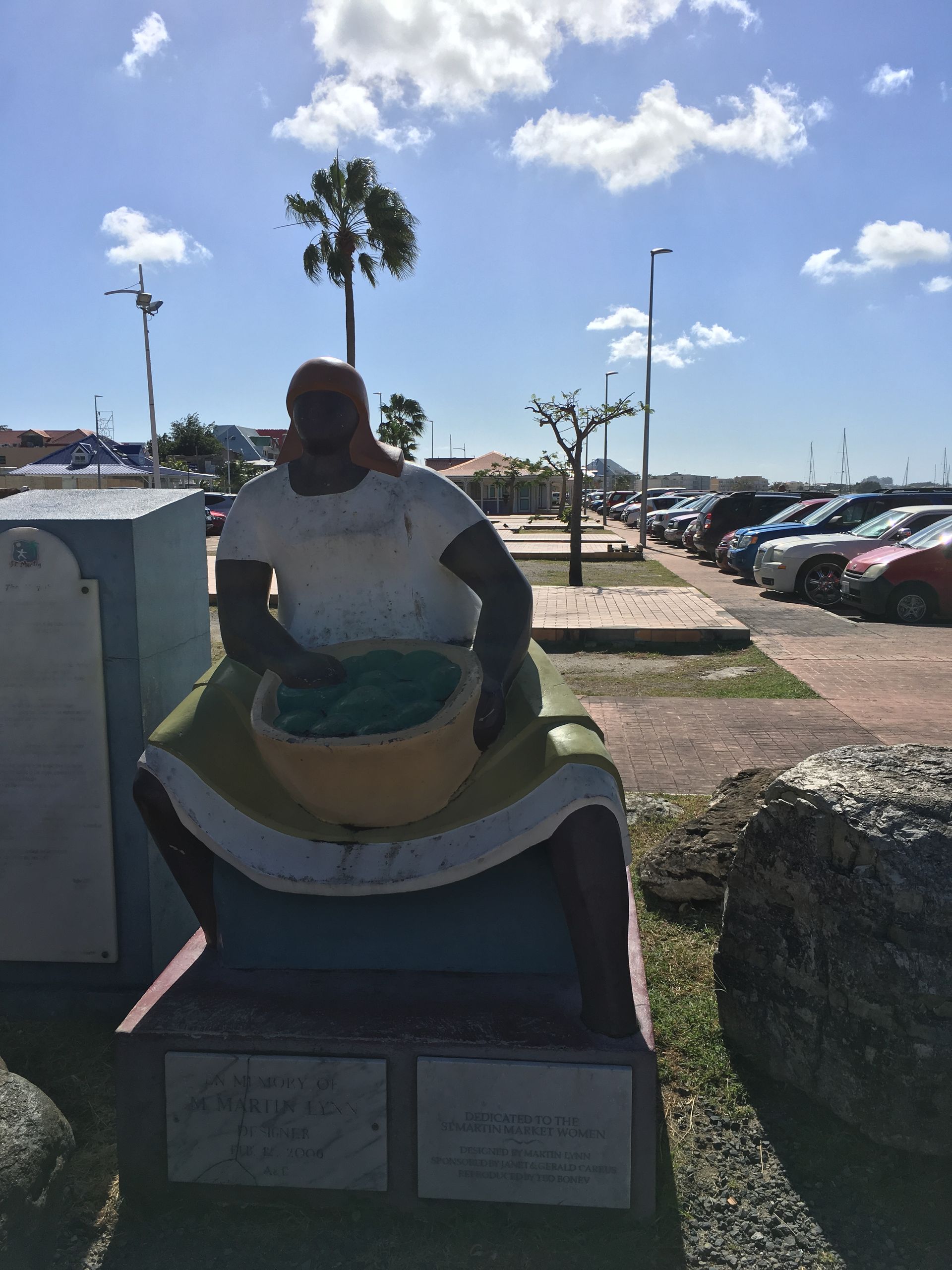
Dutch Sint Maarten (South)
Sint Maarten delivers an immediate contrast with vibrant colors, bustling activity, and an energetic atmosphere. This side of the island embraces a more cosmopolitan lifestyle with its international airport, cruise ship terminal, and abundance of things to do.
Philipsburg, the capital, centers around Front Street and Back Street, lined with duty-free shops, restaurants, and bars housed in colorful colonial buildings. Nearby, Maho Village and Simpson Bay area feature additional shopping centers with both international brands and local boutiques.
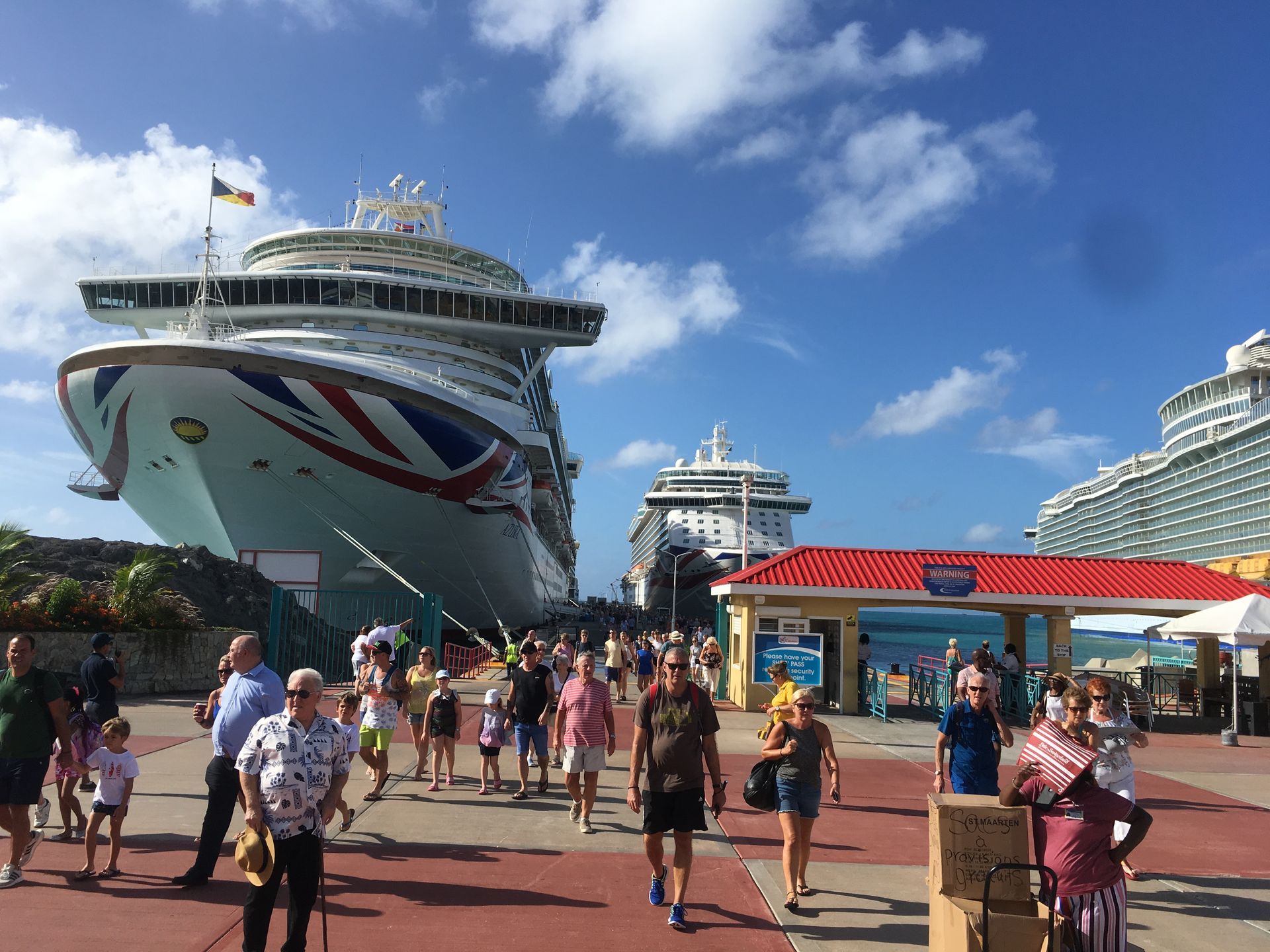
Saint Martin vs Sint Maarten: Which Is Better for You?
Choosing which side of the island best suits your travel style depends on what you prioritize in a Caribbean vacation. Don’t panic if you’re not sure where to stay – let Caribbeanly help you decide!
Choose French Saint Martin if:
- You're a foodie: The French side's restaurant scene is unmatched. Enjoy traditional lolos (small, traditional restaurants around BBQs) or sophisticated dining options.
- You're after a chilled escape: With less development and quieter beaches, Saint Martin offers a more relaxed atmosphere.
- You prefer boutique accommodations: You'll find mainly smaller, more intimate hotel options here.
- You enjoy a local experience:
While English is widely spoken, embracing the local French influence and culture is key to getting the most out of your trip.
Choose Dutch Sint Maarten if:
- You want vibrant nightlife and entertainment: There's no shortage of casinos, clubs, and evening activities on the Dutch side.
- You're an avid shopper: Duty-free shopping opportunities are concentrated in Philipsburg and Maho.
- You prefer larger resorts: More traditional Caribbean resort experiences are available.
- You want convenience and accessibility: The international airport, cruise terminal, and many services are located on the Dutch side.
- You want American-style amenities: Familiar brands, USD acceptance, and English-language dominance make for an easy adjustment.
The Ideal Approach: Experience Both
For the truly memorable Saint Martin/Sint Maarten experience, we recommend spending time on both sides of the island. Consider staying on one side but taking day trips to the other or renting a car to freely explore the entire island (there's no border formalities to worry about!)
Thanks to the island's small size – just 37 square miles total – you're never more than 30 minutes from any attraction, making it entirely possible to enjoy breakfast on the French side, lunch in Phillipsburg, and dinner back in Marigot.



